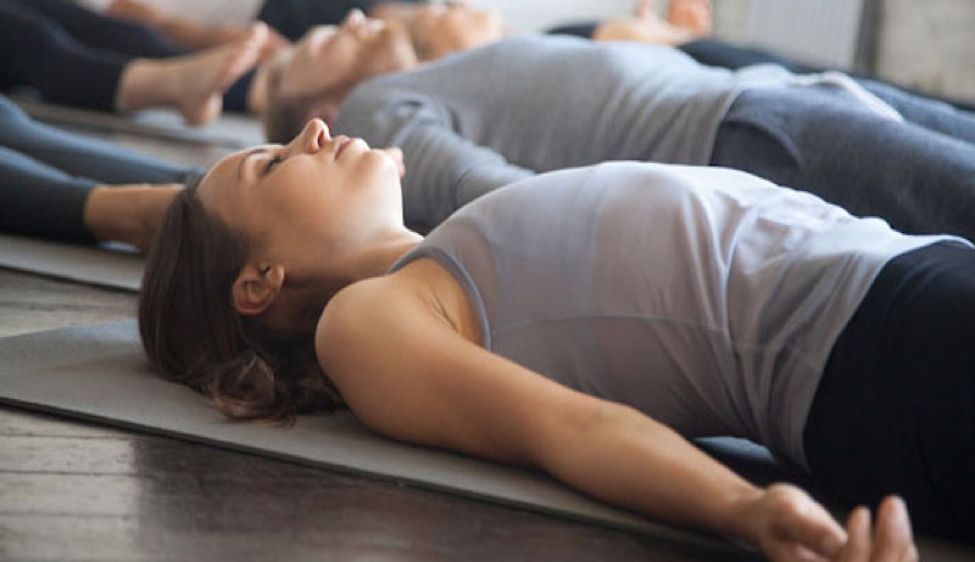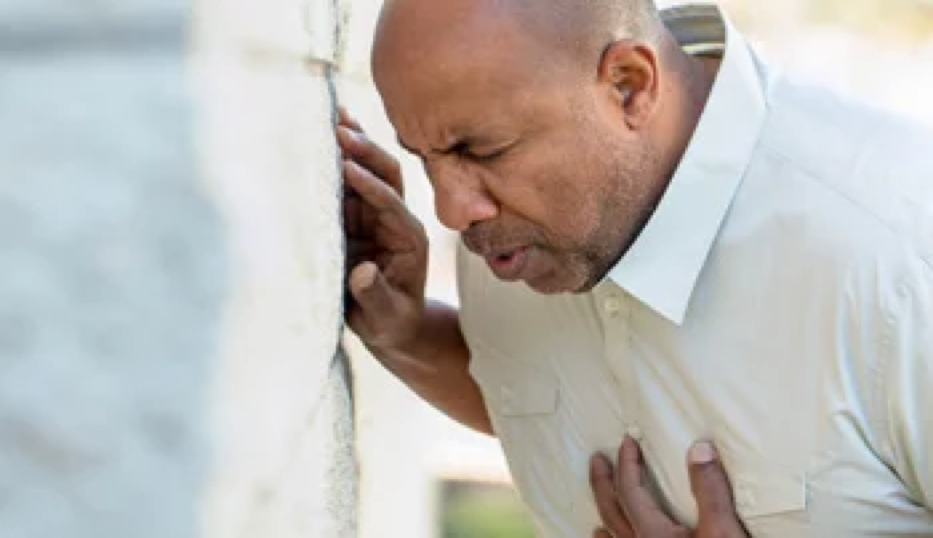In an average day, things may occur that could fill a person with a sense of nervousness or dread. Close calls on the morning commute, sharp knives that fall to the floor during dinner prep, or tottering toddlers that come within inches of sliding down the stairs. These could all make hearts race and skin sweat. Nervousness like this is useful. It allows people to react quickly when moments count.
However, some people have disorders in which they feel this sense of crisis even in moments that hold no danger at all. Knowing what type of mental health disorder is in play is vital to the healing process. That is because different disorders respond to different treatments and they stem from different causes. Here, we will discuss what panic disorder is and is symptoms. Later, we will discuss the techniques for coping with panic disorder.

What is Panic Disorder?
Panic Disorder is a type of anxiety disorder that is characterized by fear and worry. One of the most salient symptoms is the experience of persistent and often unanticipated panic disorder. Panic attacks are typically experienced through a combination of frightening physical sensations and distressing thoughts and emotions. These attacks bring on severe apprehension and discomfort, despite a lack of actual threat or danger.
Panic disorder is diagnosed as occurring with or without agoraphobia. Agoraphobia involves a fear of having one of these intense panic attacks in a place or situation where it would be very difficult or embarrassing to escape. Often times, the fear associated with agoraphobia can lead to many avoidance behaviors.
By limiting one’s ability to be in certain situations, people with agoraphobia often experience feelings of loneliness as well as an overall diminished quality of life. Panic disorder may occur with or without agoraphobia. It is important to get help if you are suffering from the below symptoms.
Symptoms
Panic attacks cause a variety of distressing symptoms that can be terrifying for the individual experiencing the attack. Some people mistake panic attacks for heart attacks and many believe that they are dying. Others feel a mixture of self-doubt or impending doom. Some can also find the episodes extremely embarrassing and refrain from telling their friends, family, or a mental health professional.
Based on panic disorder DSM-5 criteria, the symptoms of panic attacks are:
- Palpitations, pounding heart, or accelerated heart rate
- Sweating
- Trembling or shaking
- Shortness of breath
- Feelings of choking
- Chest pain or discomfort
- Feeling dizzy, unsteady, light-headedness, or fainting
- Chills or heat sensations
- Numbing or tingling sensations (commonly referred to as “pins and needles”)
- Fear or losing control or “going crazy”
- Fear of dying
- A sense of being detached from yourself or your surroundings
- Observing yourself from outside your body

Coping Techniques
As symptoms begin to peak during a panic attack it can feel like the experience will never end. While you might think there’s nothing you can do except wait it out, there are some techniques you can practice to reduce the severity of your symptoms and distract your mind.
Have a Plan
No matter what your plan is, having one in place is the most important thing. You can think of your plan as your go-to set of instructions for yourself when you feel a panic attack coming on. One plan might be to take yourself out of your current environment, sit down, and call a friend or family member that can help distract you from your symptoms and help you to calm down. Then you can incorporate the following techniques.
Practice Deep Breathing
Shortness of breath is a common symptom of panic attacks that can make you feel frantic and out of control. Acknowledge that your shortness of breath is a symptom of a panic attack and that this is only temporary. Then begin by taking a deep breath in for a total of four seconds, hold for a second, and release it for a total of four seconds. Keep repeating this pattern until your breathing becomes controlled and steady. Focusing on the count of four not only will prevent you from hyperventilating. It can also help to stop other symptoms in their tracks.
Use Muscle Relaxation
In the midst of a panic attack, it’s inevitable that you’ll feel like you’ve lost control of your body. This is why muscle relaxation techniques are helpful. This technique allows you to gain back some of that control. Progressive Muscle Relaxation is a simple but effective technique for panic and anxiety disorders.
Start by clenching your fist and holding this clench until the count of 10. Once you get to 10, release the clench and let your hand relax completely. Next, try the same technique in your feet and then gradually work your way up your body clenching and relaxing each muscle group: legs, glutes, abdomen, back, hands, arms, shoulders, neck, and face.
Repeat a Mantra
You may feel a little awkward doing this at first but repeating an encouraging, positive mantra to yourself during a panic attack can serve as a coping mechanism. Try repeating something as simple as “This is temporary. I will be okay,” or “I’m not going to die. I just need to breathe.”
Focus on an Object
Pick an object that you can see somewhere in front of you. Note everything you notice about that object. Notice its color and size, any patterns it may have, where you might have seen others like it, or what something completely opposite to the object would look like. You can do this in your head or speak your observational aloud to yourself or a friend.
Do you suffer from frequent panic attacks?

